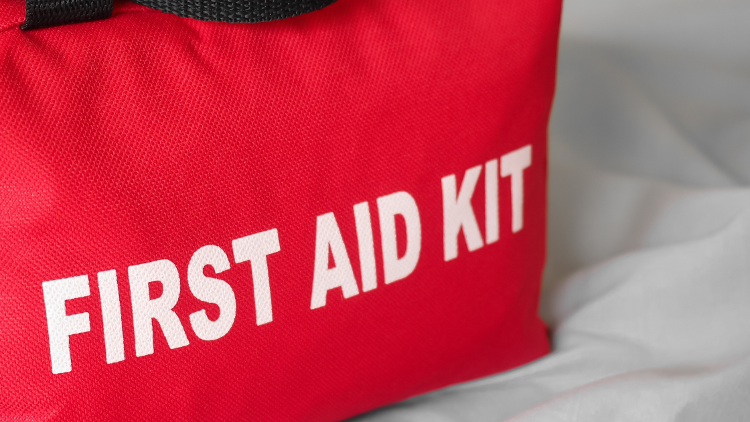If you’re in Red River and heading into the wilderness, the first thing you should do is check to make sure your first aid kit is packed and ready to go. When it comes to putting together a hiking first aid kit you have a few choices on how to put one together. If you’re looking for a simple route then you can purchase a small first aid kit from one of the local stores in town. All Seasons is the place to look if you’re needing a small backpack to keep your first aid kit in. Or if you have the time and interest in building your own first aid kit we have listed some essential items you should carry with you while hiking. Putting together a first aid kit should be thought out and each person’s kit will vary depending on the medical conditions of the hiker and the length and duration of the trip you will take.
Wound Treatments
Burns, scrapes, and splinters all require treatment to stop bleeding and prevent infection. Here are some ideas of what to place in your first aid kit that will aid in wound treatments.
- Adhesive/medical tape: Can help secure bandages or help prevent blisters.
- Antiseptic wipes: Help sterilize a wound before treatment.
- Bandaids and bandages: To wrap or protect a cut.
- Gauze pads in all sizes: To clean up any blood from an oozing wound and can help protect the area before wrapping with a bandage.
- Quickclot – For extreme wounds.
First Aid Tools
Tools that can help clean up an injury fast.
- Tweezers: Tool used to remove ticks, splinters, and other foreign objects.
- Scissors: Used for cutting medical tape and bandaging.
- Gloves: To be worn when treating any medical wounds to prevent infection.
- Thermometer: Life saving item if someone has a fever or becomes hypothermic, this will be used to gauge infection.
- Safety pins: Help secure bandages or slings.
Medications
Medication that can be ingested or applied to the skin to treat an ailment. Here are just a few medications you should keep in your first aid kit.
- Antibacterial ointment.
- Antihistamines: Used to treat allergic reactions, example: Benadryl.
- Ibuprofen: Anti-inflammatory drug to treat swelling, pain, and fever.
- Paracetamol: Painkiller to treat mild aches and pains as well as fever.
- Any prescription medications currently being taken by any hiker in the party.
Other
- Hand sanitizer: Should be used before getting involved in any wound care.
- Headlamp or flashlight (with extra batteries): Used to illuminate your way through the mountains during the night.
- Multi tool or a knife of some sort: Can be used to cut bandages or clothing if needed.
- Paper and pen: Used for documenting times of injury or medications used.
- Sunscreen: Used to keep from getting sunburned.
- Whistle: Can help call for help or keep wildlife away.
- GPS Handheld to prevent one from getting lost, best to use one with SOS locater.
- Firestarter
- Mirror
- Paracord
- Emergency tent/shelter
You will likely want to add to your kit as you become more familiar with hiking and other outdoor activities. For example, if you’re packing a kit for a small day hike you might pack less than you would for a longer hike that could take you a day or longer to complete. It’s important to do your research and be prepared for what could happen. You should evaluate each item for that day’s hike and remove what may not be needed or add in extra items you could possibly need. For example, If you know there is no poison ivy around the area you are hiking, then you could remove that ointment from your kit and add in extra bandages. Taos Mountain Outfitters can help you find any of the items listed above.


